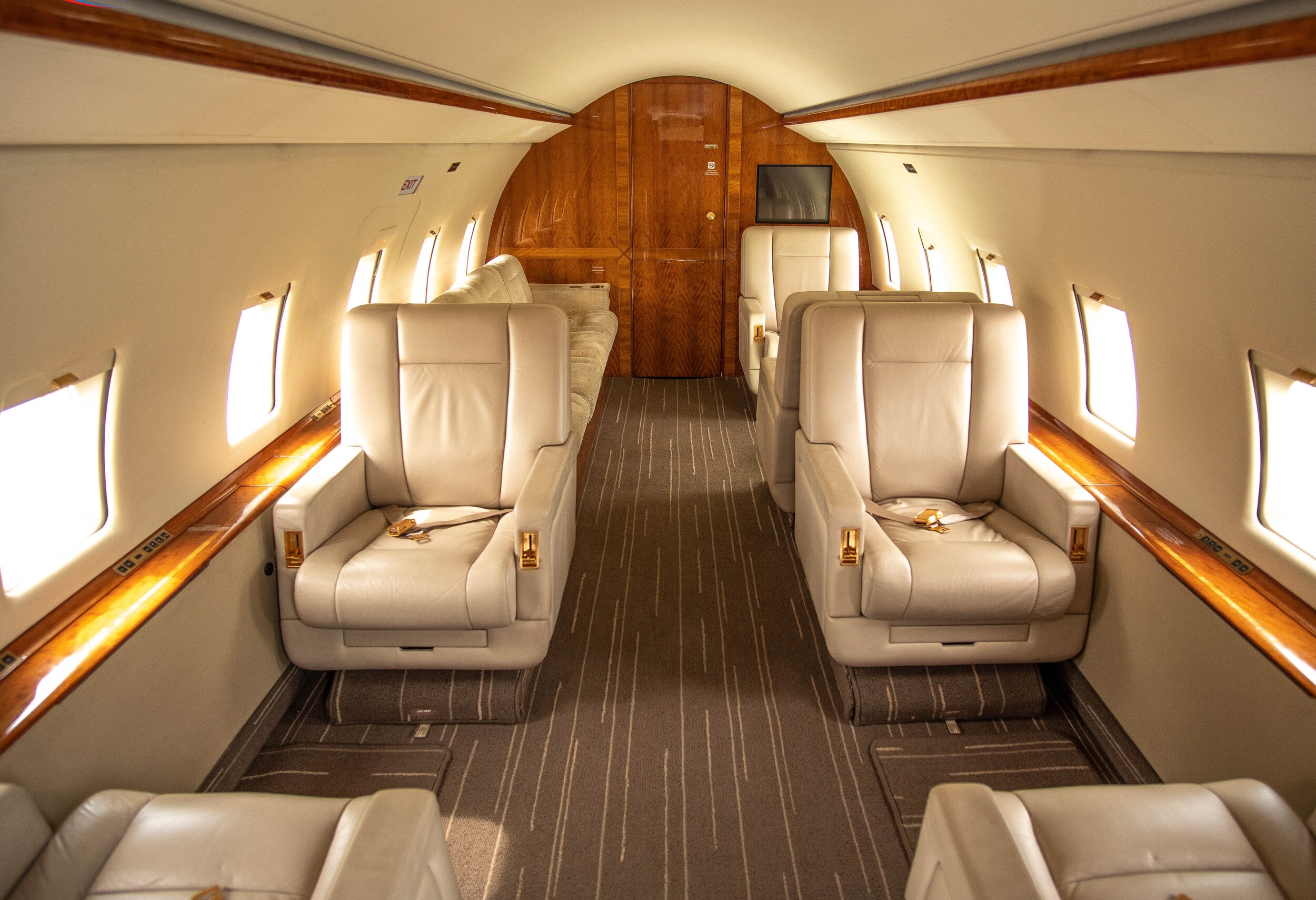Pregnant Guppy Aircraft - Heavy Guppy Aero Spacelines was a heavy cargo plane used to transport large and full cargo from the air. It is best known for transporting NASA equipment in the 1960s and 1970s, including many parts used in the Apollo missions.
Although NASA operated most of its space projects from the East Coast, many of NASA's manufacturing projects originated on the West Coast. The rockets' bodies, guns, control modules and the rest are large and full and cannot be transported by air or airlock.
Pregnant Guppy Aircraft
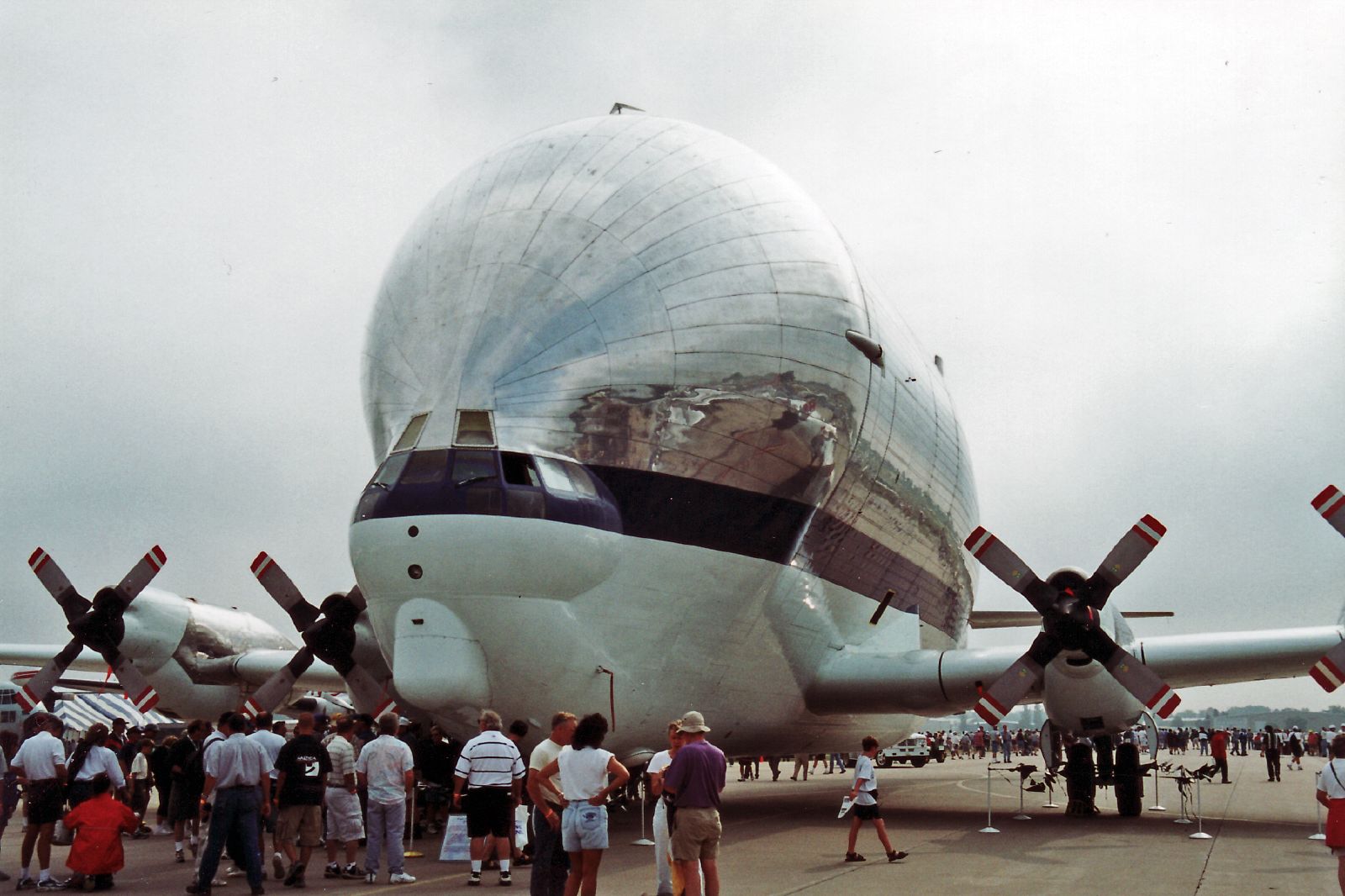
Ocean trade was usually the engine of choice, and bodies were transported from the West Coast, even though the Panama Canal was locked, to the Gulf of Mexico and the former's final meeting place at Cape Canaveral, Florida.
Super Guppy: This Strange Plane Helped America Win The Space Race
But the ships ran up against NASA's tight launch schedule with the ocean node and oceanic weather. A delay of even two days could disrupt launch plans and wreak havoc on carefully coordinated countdowns at Cape Canaveral.
Enter M. John Conroy. Conroy was a former actor, Army pilot and entrepreneur. Conroy and several partners had the idea of converting old commercial airliners into heavy transport aircraft and founded Aero Spaceline. In the year At some point in the 1960s, Aeroplanes acquired surplus Boeing B-377 Stratocruisers used by Pan Am.
Although B-337s were large carriers in their heyday, some of NASA's largest components, such as the S-IV stage for the second stage of the Saturn I rocket, were not as large as NASA wanted to carry. Apollonius said these stations were 40 feet long and could not be entered by the B-377. So Conroy changed the B-377s.
Almost all of the plane survived except for the upper half of the fuselage, which was nearly 20 feet up. Initially, the new head section was the only non-structural component temporarily fitted to the test aircraft's aerodynamics. The tail section was removable and allowed cargo to be moved into the interior.
How Nasa's Strange Looking “super Guppy” Plane Helped Win The Space Race
After the experiment, the event was successful. An extension fuse was quickly added, not just for testing. As you can see, Saturn's I S-IV phase fits right in. A pregnant guppy is born.
However, Conroy had to convince NASA that the pregnant guppy was more than an idea - it could actually fly. There was some fear. Incredibly, Conroy was able to arrange a flight demonstration with Wernher von Braun and other NASA officials. But Conroe stretched his money to the limit, even refueling his aviation fuel on the way to the demonstration.
To clearly demonstrate the ship's cargo capacity, Conroy partially filled the cargo hold and filled the plane's tanks to the top. Although flight tests showed the aircraft to be airtight, the large canopy attached to the structure was not completed - but wooden two-by-fours and iron hammers were used.

The pregnant guppy did beautifully. Despite engines number one and two not working, Guppy got off the tarmac and into the air.
File:pregnant Guppy (433226096).jpg
Although AeroSpace eventually replaced the Super Guppy and other large aircraft, the Gravida Guppy was busy transporting various NASA supplies. This included the Gemini program, the Apollo modules, the Pegasus satellite units, and the Saturn I - the cost was $16.00 per mile. Cheaper, faster and more reliable than shipping.
After the space race burned out, the Gravida Guppy carried huge amounts of airspace until it was canceled in 1979. Not a bad run for a retired Pan Am.
Caleb Larson has a master's degree from Willie Brandt Public School. He lives in Berlin and writes on US and Russian foreign and defense policy and German politics and culture. Aero Spacelines Super Guppy is a large and powerful spaceship used to retrieve cargo. The first Guppy aircraft produced by Aero Splines was the successor to the Gravida Guppy. The five were built in two variants, both of which were colloquially named "Super Guppy".
The Super Guppy is the only aircraft to carry the entire S-IVB stage as the third stage of a Saturn V rocket.
Super Guppy Cargo Plane.\
This section requires additional citations for verification. Please help make this article better by adding citations to specific sources. Uncreated objects can be attacked and removed. Find sources: "Aero Spacelines Super Guppy" - News · Newspapers · Books · Student · JSTOR (August 2017) (Learn how and when to remove this message)
Columbia module orders are being loaded from the Super Guppy at Ellington AFB to the North American Rockwell Corporation ship in Downey, California.
The original, the Super Guppy or "SG", was developed in 1950 from the C-97J Turbo Stratocruiser, a military version of the Boeing 377 Stratocruiser. The fuselage grew to 141 ft (43 m), had a maximum internal diameter of 25 ft (7.6 m) and a cargo compartment height of 94 ft 6 in (28.8 m). The floor of the cargo compartment was still only 8 ft 9 in (2.7 m), because it was necessary to use the Stratocruiser's fuselage.

In addition to fuselage modifications, the Super Guppy Pratt and Whitney T-34-P-7WA used turboprop engines for increased power and range.
Nasa's Super Guppy 940 From The Rear Wow!!
Improved wings and tail surfaces. It can carry 54,000 pounds (24,000 kg) and cruise at 300 mph (480 km/h).
After a month of testing, the Super Guppy suffered a fuselage failure on September 25, during certification tests for high-speed manoeuvres. After attempting to dive to 10,000 feet, the fuselage collapsed. The plane was supposed to carry 30,000 borates in 100-pound bags, which shattered and sprayed dust, temporarily blinding the crew. With the help of a 600-9 fighter jet, the crew was able to land the plane on the dry bed of Rogers Lake. After this, the Guppy's superstructure was reassembled and rebuilt at Edwards Air Force Base.
The second version was officially known as the Super Guppy Turbine (SGT), although the first Super Guppy used turboprop engines. This variant used Allison 501-D22C turboprops. Unlike the previous Guppy, the main body of the wrench is fully constructed. Aero Spacelines built the Acroma and lowered the cargo floor to 13 feet (4.0 m). The overall length of the cargo compartment was increased to 111 ft 6 in (34.0 m), and the fuselage and wings were increased for a maximum load of 52,500 lb (23,800 k).
These improved designs, combined with a pressurized crew cabin that allows for a higher cooking height, allow the SGT to carry more cargo than its predecessors.
Super Guppy Swallows T 38s; Heads For El Paso
SGT retained only the 377's cockpit, wings, tail and main landing gear. This lowers the face of the aircraft slightly, aligning only the cargo bay and simplifying cargo operations.
In the year In the early 1970s, Airbus used two Super Guppy turbines to transport aircraft parts from the launch site to the final assembly site in Toulouse. In the year In 1982 and 1983, two Super Guppy turbines were added by France's Union de Transport Éris Industrie after Airbus bought the rights to manufacture the aircraft. The four Super Guppies have been replaced in this role by the Airbus Beluga, which should support double the payload. Aero Space's Gravida Guppy was a large, very powerful ship built in the United States of America and used for overseas transportation. It also includes the prize, specifically NASA's Apollo program.
In the year In the 1960s, NASA was using boats to transport spacecraft from manufacturers on the West Coast to research and launch sites on the East Coast, a slow and expensive method. Meanwhile, American airlines were phasing out their aging fleet of piston-powered Boeing 377 Stratocruisers in favor of newer jets. Leo Mansdorff, an airplane dealer in Van Nuys, had a surplus for resale.
Former USF pilot John M. Conroy realized that these aircraft could be modified to carry large but relatively light rocket launchers.
Meet The Guppy And The Largest Aircraft In The World
Conroy changed the plan for NASA's Stratocruiser and built an astronaut with a lump that looked like a pregnant guppy. Although NASA was lukewarm to the concept, Conroy established Aeroplane International to design and manufacture the container aircraft.
It used an ex-Pan Am airframe. A 5 m section was added immediately behind the wing from a Foreign Airlines Corporation aircraft (G-AKGJ). A new upper fuselage with a diameter of 6 meters was added, giving the aircraft a "triple-bump" appearance when viewed from the front. The rear wheel section, along with the tail surfaces, was slimmed down to allow loads to be loaded directly into the frame. Wings, wings, tail, nose and cockpit are intact.
When Van Nuys traffic control learned that Conroy wanted to pull himself up, the police and fire department notified the police. However, the giant plane was executed correctly. It differs from the Stratocruiser's handling only in that drag is slightly reduced by the larger fuselage.
In the year In the summer of 1963, NASA's Gravida Guppy payload began flying. In the middle of the morning
Aero Spacelines 377pg Pregnant Guppy
Aircraft appraisal online, free aircraft appraisal, aircraft appraisal services, aircraft appraisal cost, aircraft appraisal jobs, aircraft appraisal course, aircraft appraisal training, business appraisal, rolex appraisal, appraisal software, 409a appraisal, aircraft appraisal report


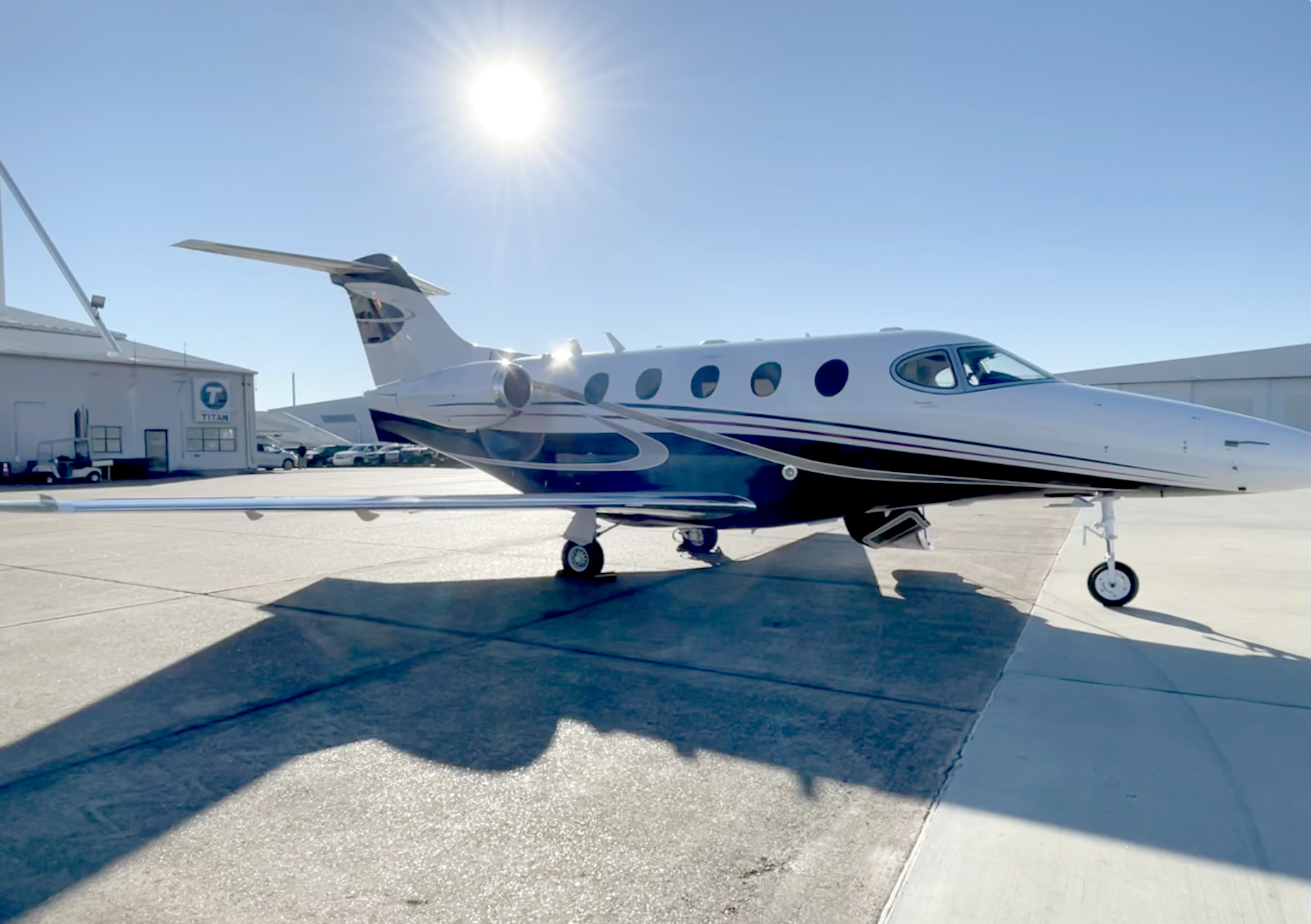
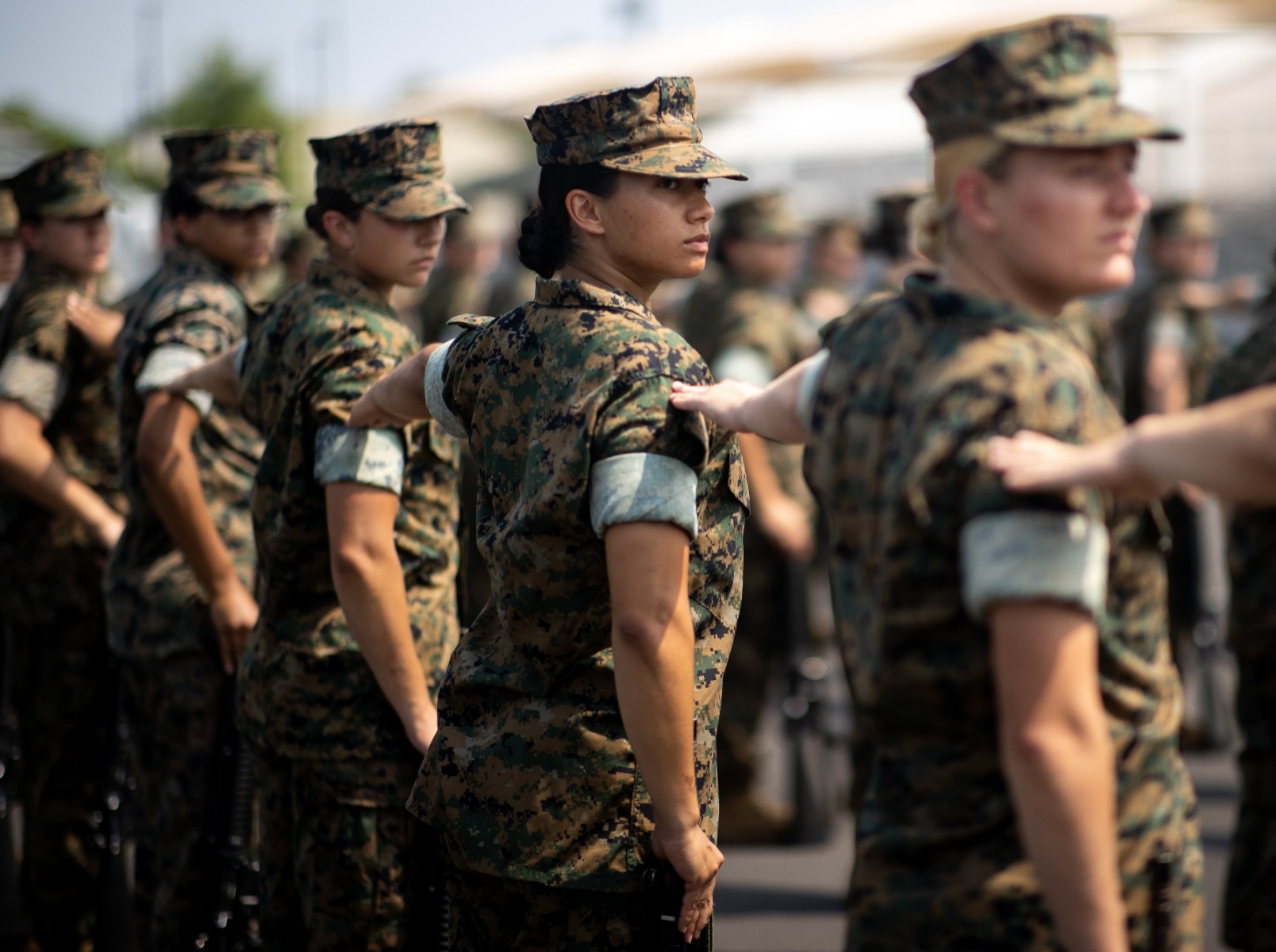

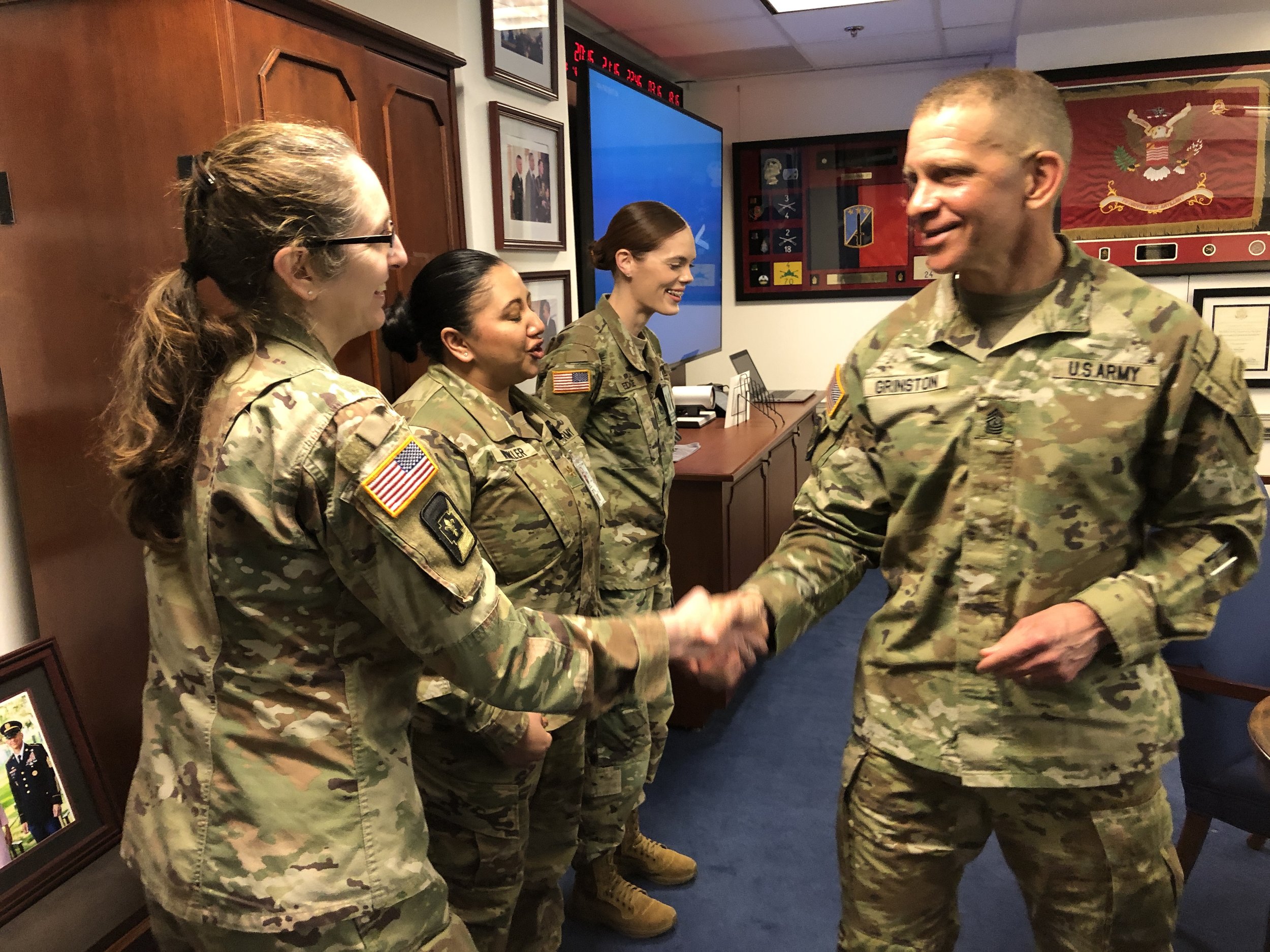

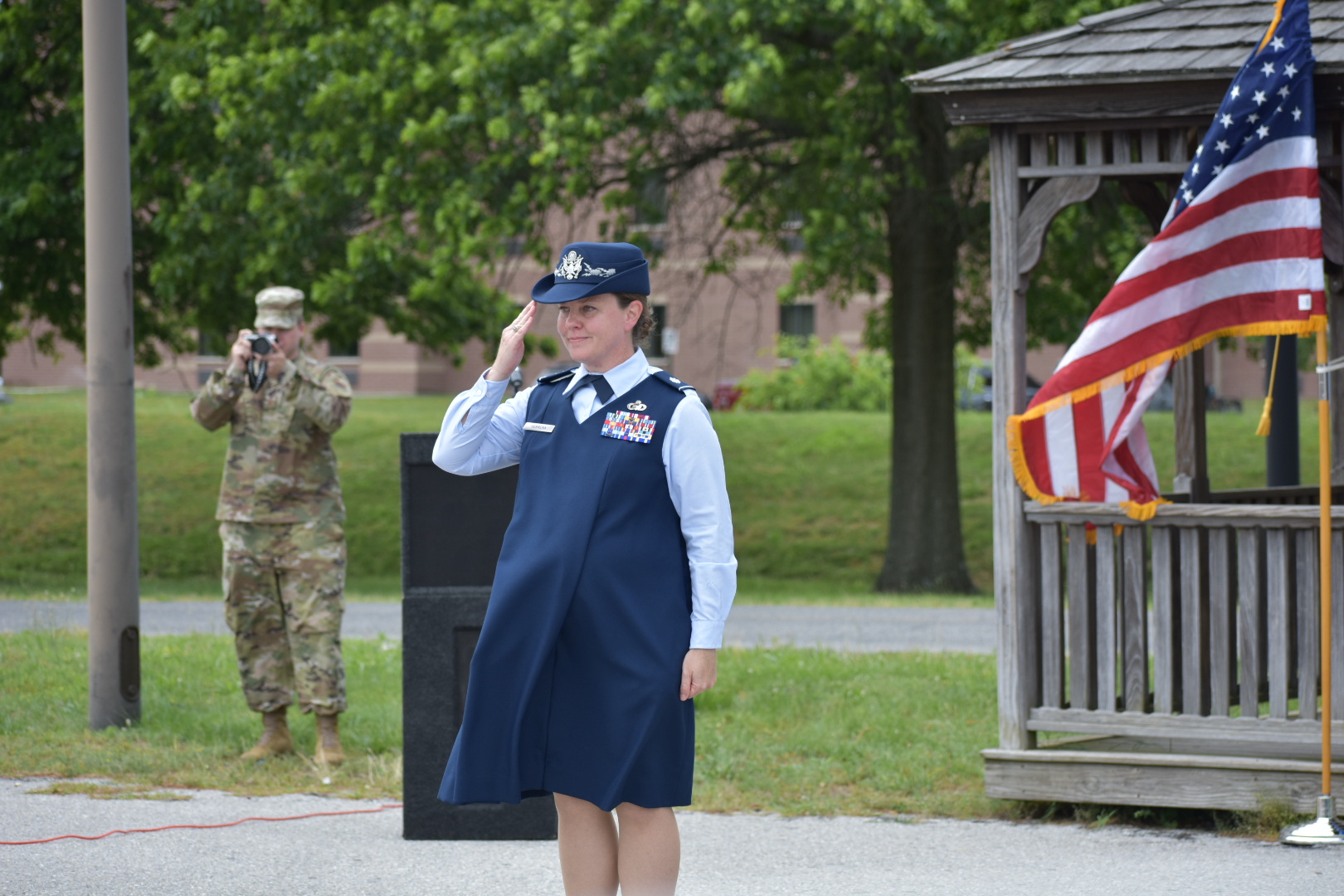

:max_bytes(150000):strip_icc():focal(749x0:751x2)/National-Guard-Officer-Surprises-Pregnant-Wife-59-06102022-ccfb26c5d29e4da4ae5f778d5e5683f4.jpg)

